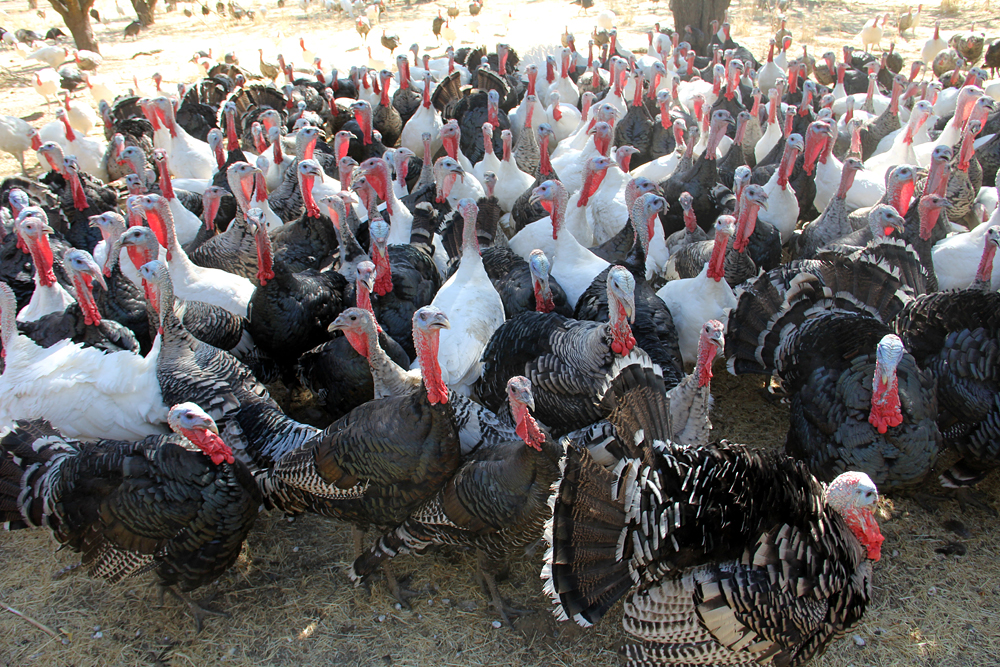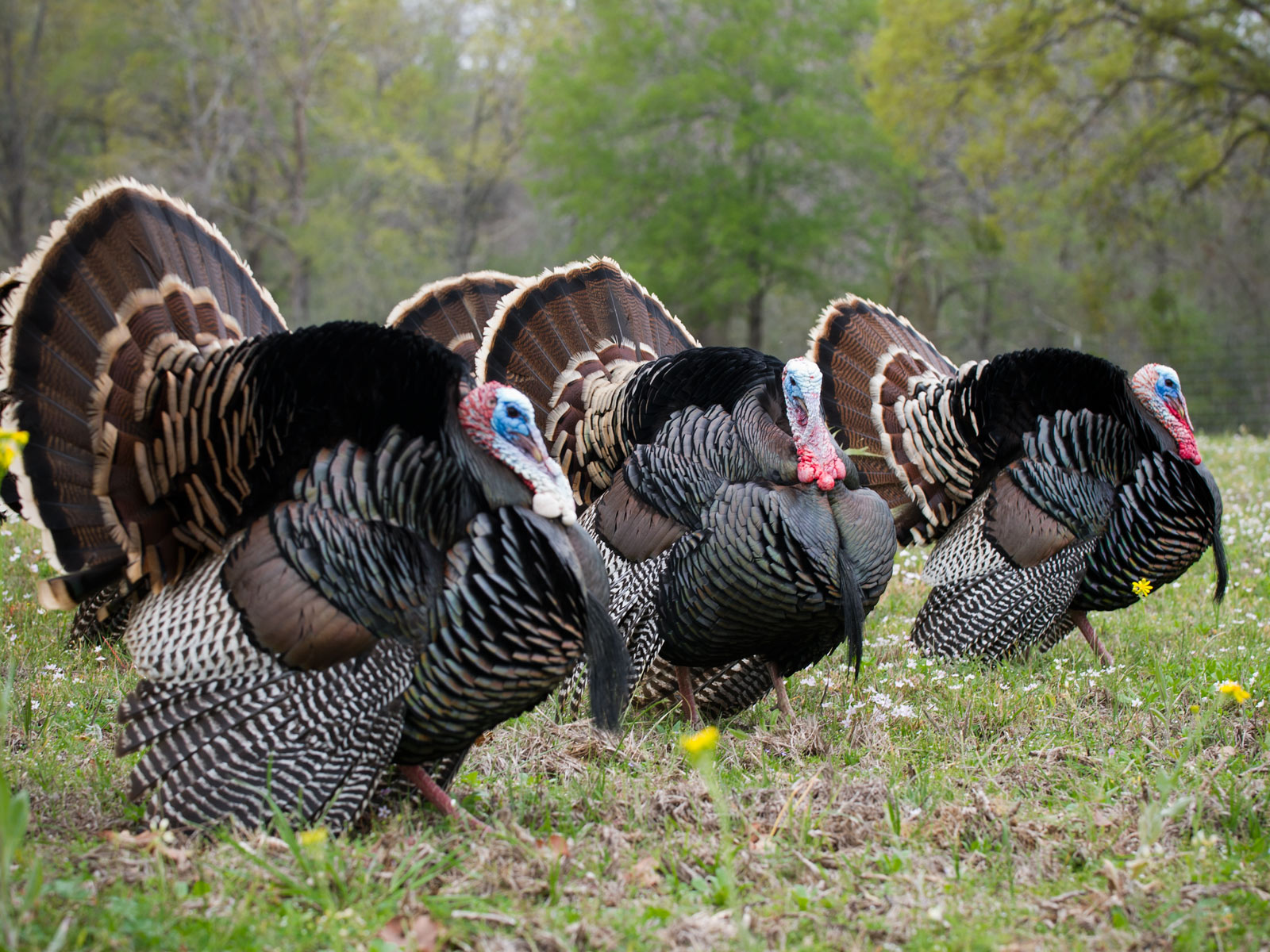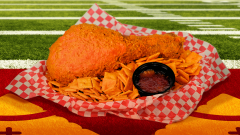8 Things You Didn’t Know About Turkey

Thanksgiving dinner is such a renowned assembly of food that the holiday literally revolves around the meal itself, dating back to the first one shared between the Pilgrims and Native Americans in 1621.
The main course of this vast and glorious meal for virtually every household in America is the turkey, or as many so lovingly call it, “the butterball.” Most people know whether they prefer the tough, gritty white meat or the tender, juicier dark meat. In light of what we do know, let’s unearth some new facts about America’s tastiest bird.
The Wild Turkey Can Fly At Speeds Of Up To 55 MPH

Photo: Mendonoma Sightings
Wobbling around on the ground most of the time, turkeys give people the impression that they can’t fly at all. Wild turkeys have been clocked at speeds close to 55 m.p.h. when flying for short bursts — much to everyone’s surprise — usually to avoid predators. Domestic turkeys, on the other hand, fly slower due to their larger and meatier size.
The Long, Fleshy Protrusion Above A Male Turkey’s Beak Is Called A Snood

Photo: Ripley’s Believe it or Not!
This rubbery caruncle is normally flaccid and small, but, during courtship rituals, is pumped with blood and grows two to three times in size. Female turkeys have been known to only gravitate towards the males with the longer, more erect snoods. Does this remind you of any other species?
Male Turkeys Can Change The Color Of Their Heads

Photo: Pinterest
When angered or aggravated, these bulbous birds will change the bare skin on their heads to a vibrant red hue. When feeling calm, their heads turn white, while a more passive attitude yields some sort of combination of blue and white.
Male Turkeys Are Called “Toms” While Female Turkeys Are Called “Hens”

Photo: ABC 7
The name “tom” stems from “tomcat,” a term used to describe a wild man that often enjoys the company of multiple females, much like the wild turkey. Since turkeys are obviously not cats, the phrase was shortened simply to “tom.” Juvenile males are also known as “jakes,” while the young female turkeys are known as “jennys.”
Every Turkey Has Its Own Distinct Voice

Photo: Arlene Kozlol
Part of the mating process is attributed to the tom’s ability to “gobble” loudly enough to both attract the hens and dissuade other males. This sound, loud enough to travel a mile in every direction, is then usually responded to with a “yelp” from the hens in order to signify their locations to the males. Overall, turkeys can make roughly 20 different and distinguishable vocalizations in order to convey their messages.
Benjamin Franklin Wanted The Turkey To Be The American Symbol Rather Than The Bald Eagle

Photo: Jules Catering
“He is a bird of bad moral character,” Franklin wrote, regarding the bald eagle, in a 1784 letter to his daughter “He does not get his living honestly.”
He goes on to give the turkey a backhanded compliment: “He is besides, though a little vain and silly, a bird of courage, and would not hesitate to attack a Grenadier of the British Guards…”
The Average Turkey Has 5,000 To 6,000 Feathers

Photo: Arlene Kozlol
For comparison, the average bird has anywhere from 1,000 to 2,000 feathers. The Tundra swan boasts the most feathers out of any bird at a whopping 25,000. The toms have about 18 feathers that are much longer than the others which make up its vibrant fan.
About 280 Million Turkeys Are Sold Annually For Thanksgiving

Photo: The New York Times
That is a ton of turkey, considering there are 319 million people in America. Close to 91 percent of Americans have turkey on the table for Thanksgiving dinner, accounting for seven billion pounds of it being consumed. In monetary terms, this translates to three billion dollars worth of sales.






















